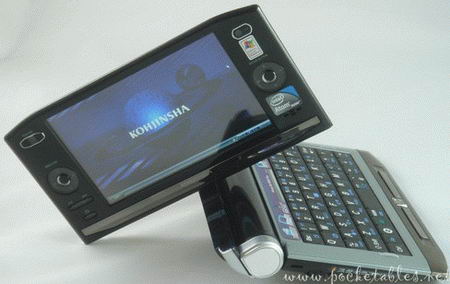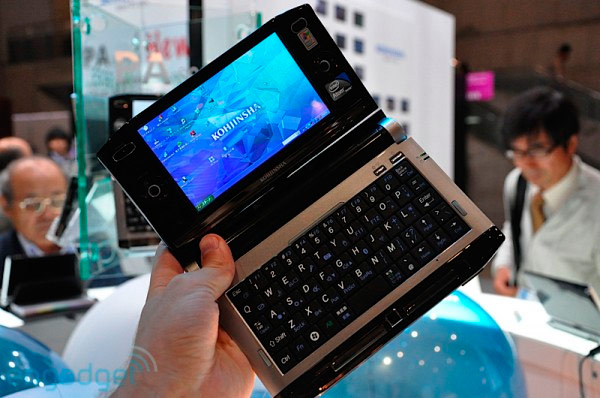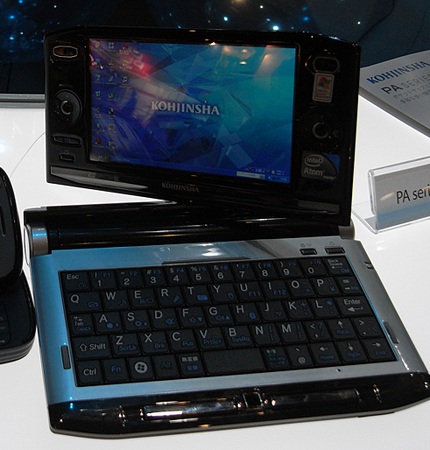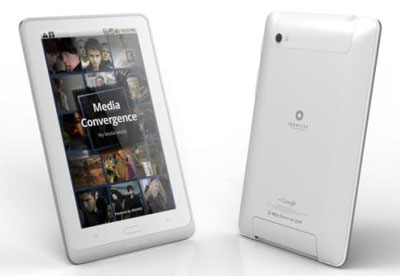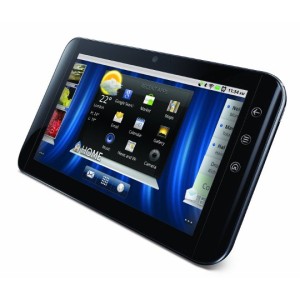KOHJINSHA PA carry Atom Z520 1.33GHz processor, US15W integrated graphics chipset, 512MB RAM, 32GB solid state drive. Onboard memory cannot be extended….
It’s well established by now that the Kohjinsha PA series tablet is one peculiar creature. It has the internals and OS of a netbook, with a 1.33GHz Atom CPU and Windows XP Home, the 4.8-inch display of a portable MID, and the convertible capabilities of an internet tablet, while its price (around $770) seems to imply it performs all three roles with aplomb.
The Pocketables crew have followed up their unboxing of the quirky little device with a full-on review, and their conclusion has been that sadly it’s more of a chump than a champ. Poor build quality and substandard input controls dragged this contender down, in spite of its swiveling screen and decent performance thanks to a 32GB SSD. Ultimately, it’s the price that dooms the PA series to ignominy, and it seems like only a miracle.
The machine is powered by an Atom processor Z520 at 1.33 GHz , 512 MB RAM , 32 GB SSD, a 1.3 megapixel camera , a microSD slot , WiFi b / g , Bluetooth , all in one housing 161 x 111 x 26mm and weighs 400 grams.
Another product , a laptop with two screens 10.1 inches (! ), equipped with an AMD Athlon MV-40 Neo running at 1.6 GHz, 4 GB of RAM. The machine comes with Windows 7 .
Kohjinsha gear at your local computer market, here’s why: owner Inventec is killing the brand. As the story goes, Inventec has decided to stop producing mini-laptops and the like using the Kohjinsha sub-brand, instead turning that team into a full-on R&D operation.
We’ve seen enough examples of how the 1.33GHz Intel Atom processor and GMA500 chipset work with variables like operating system, internal storage type, and RAM, so there aren’t any surprises in terms of how the Kohjinsha PA performs.
It’s configured exactly like the UMID M1 with Windows XP, an SSD (expandable with microSD card), and only 512MB of RAM, so if you’re familiar with that system, then you know exactly what you’re getting with the PA series: some lag due to meager amount of RAM, into and out of standby in seconds, great standby battery life (only about 20% drain in 24 hours), and acceptable performance for basic tasks if not multitasking or running resource-hungry applications.
Another feature the PA has that the UMID doesn’t is the ability for the WiFi and Bluetooth radios to remain on and connected when awakening from standby. Pressing the dedicated wireless button to turn on these radios isn’t difficult to do on the UMID, but not having to do it on the Kohjinsha obviously makes getting online faster.
Screen angle isn’t an issue on the Kohjinsha the way it is on the UMID either. UMID (or whoever made the PA) may have actually overdone it a little, as opening the screen to its maximum angle tips the unit backward. There’s no reason for the screen to be pushed back that far if you’re using the Kohjinsha on a flat surface anyway.
When it comes to end-user products, the Onkyo brand will be applied; we’ve seen some pretty radical Onkyo PCs over the past few months, so here’s hoping this also means that more and more would-be Kohjinsha products will end up in North America. Fingers crossed, right?
Resources :mobilehub.fr,techfreqnews.com,engadget.com


